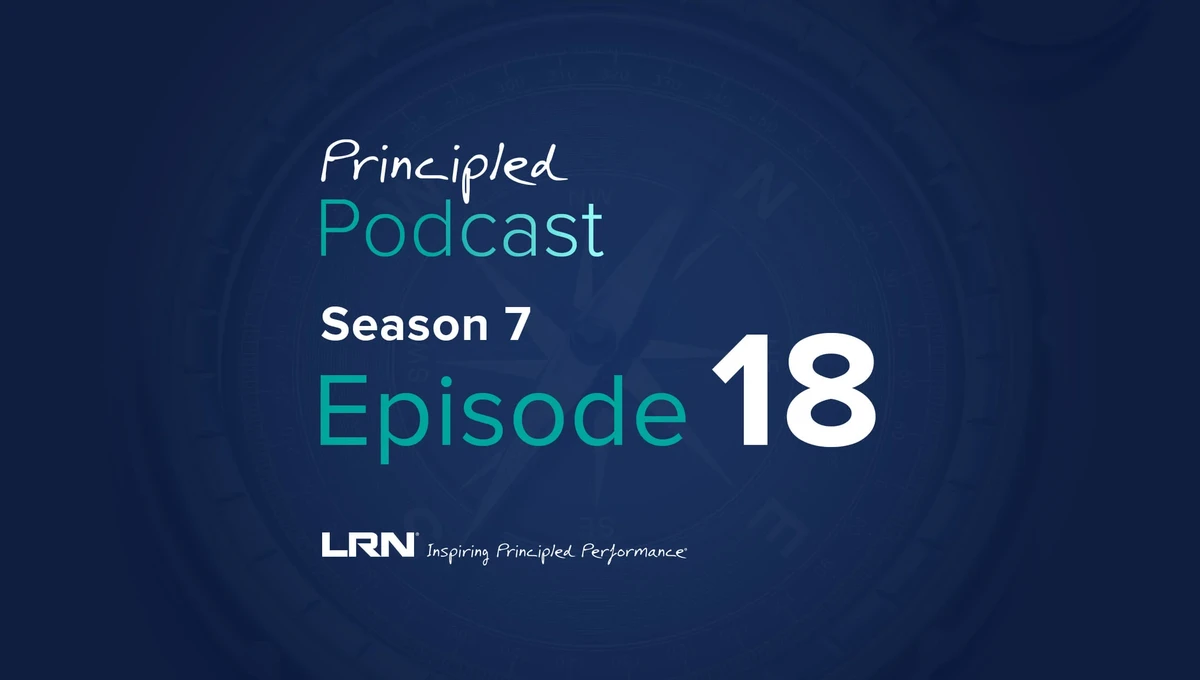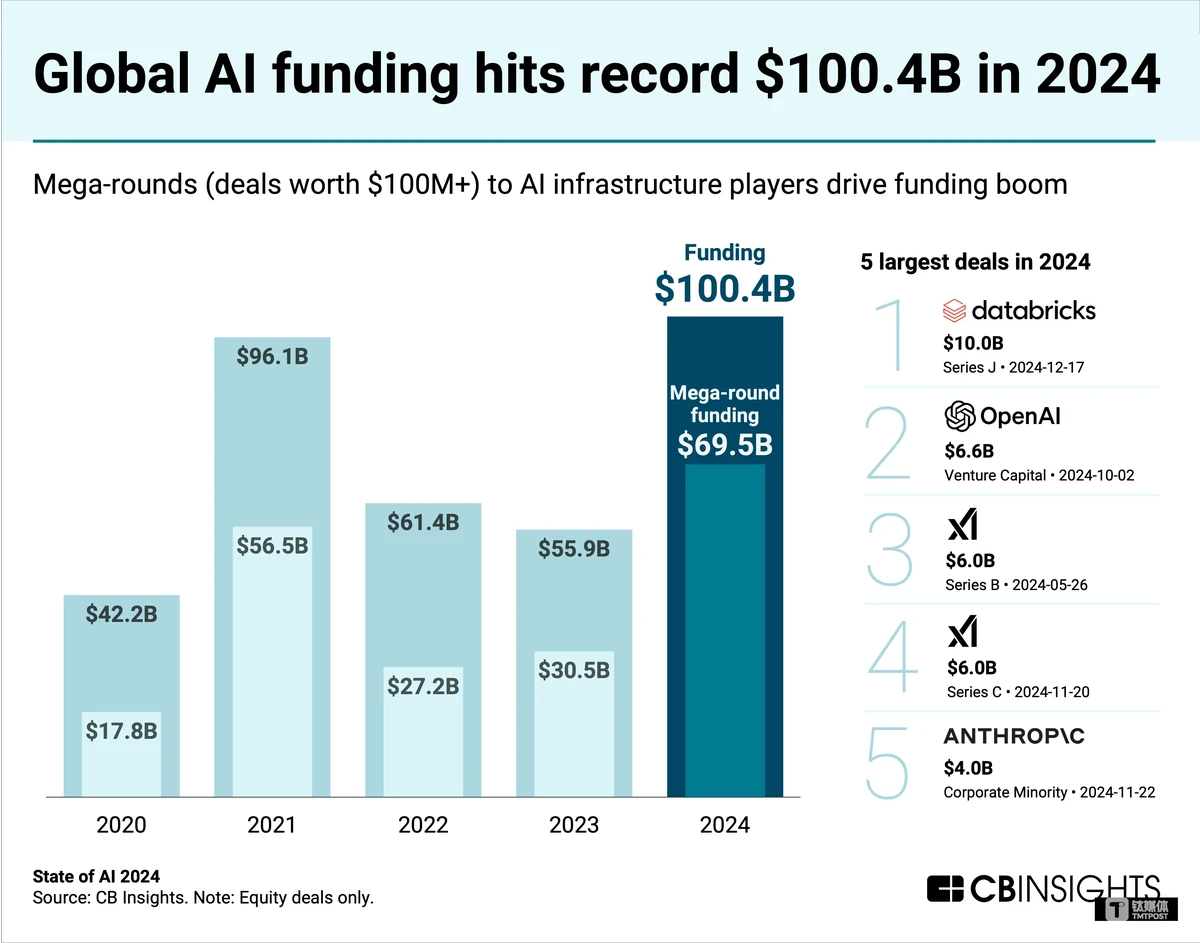

=====================================================
Introduction
Trade volume is one of the most fundamental yet misunderstood metrics in financial markets. For quantitative traders, understanding how to calculate trade volume in quantitative trading is not just about knowing how many shares or contracts have been traded—it’s about integrating volume into predictive models, risk management frameworks, and algorithmic strategies.
This article provides a comprehensive guide to trade volume calculation. We will break down different approaches, explore their pros and cons, show how institutional and retail investors use them, and provide practical tools to calculate and interpret trade volume effectively.
What is Trade Volume?
Trade volume measures the total number of shares, contracts, or lots traded in a given security during a specified period. It acts as a barometer of market activity and liquidity.
Why Trade Volume Matters
For those wondering why trade volume is important in quantitative analysis, here are the main reasons:
- Liquidity Assessment: High volume suggests more liquidity, making it easier to execute large trades.
- Market Sentiment: Rising volume often indicates stronger conviction behind price moves.
- Risk Management: Low-volume assets carry higher execution risk.
- Strategy Validation: Algorithms often perform better in higher-volume environments due to reduced slippage.
Trade volume illustrates the intensity of buying and selling activity in markets.
Methods of Calculating Trade Volume
1. Basic Calculation by Aggregating Trades
The simplest way to calculate trade volume is:
Trade Volume=∑i=1nQi\text{Trade Volume} = \sum_{i=1}^{n} Q_iTrade Volume=i=1∑nQi
Where QiQ_iQi is the quantity of each executed trade.
Example: If 10 trades are executed for 100 shares each, the trade volume is:
100×10=1,000 shares100 \times 10 = 1,000 \, \text{shares}100×10=1,000shares
- Pros: Straightforward, widely used.
- Cons: Does not capture trade imbalance (buy vs sell).
2. Volume-Weighted Approach
Quantitative traders often prefer Volume-Weighted Average Price (VWAP) or related metrics:
VWAP=∑(Pi×Qi)∑Qi\text{VWAP} = \frac{\sum (P_i \times Q_i)}{\sum Q_i}VWAP=∑Qi∑(Pi×Qi)
Where PiP_iPi is price and QiQ_iQi is trade quantity.
This method gives more weight to trades with higher quantities.
- Pros: Reflects both price and volume.
- Cons: More complex and requires high-quality tick data.
3. Adjusted Trade Volume for Quant Models
Sometimes, raw trade volume is misleading. Quant traders use adjustments such as:
- Time-Weighted Volume: Balances volume across trading sessions.
- Normalized Volume: Compares volume relative to its historical average.
- On-Balance Volume (OBV): Integrates direction of price movement.
Formula for OBV:
OBV=OBVprevious+VOBV = OBV_{previous} + VOBV=OBVprevious+V
(Where VVV is added if price closes higher, subtracted if it closes lower).
Trade Volume in Quantitative Trading Strategies
Volume as a Predictor
Algorithms often use trade volume as an input for predicting short-term price moves. For instance, volume spikes may precede breakouts.
Volume in Risk Management
Knowing how to use trade volume for risk management is crucial:
- Avoid trading illiquid securities with low volume.
- Adjust position size based on average daily volume (ADV).
- Use volume filters to reduce slippage in execution algorithms.
Comparing Trade Volume Calculation Methods
| Method | Strengths | Weaknesses | Best Use Case |
|---|---|---|---|
| Basic Sum | Easy to compute | Ignores buy/sell bias | General reporting |
| VWAP | Captures price + volume | Requires detailed data | Execution algorithms |
| Adjusted (OBV, normalized) | Adds analytical depth | More complex | Market trend analysis |
Recommendation: Use a hybrid approach. For basic reporting, use simple volume. For trading algorithms, rely on VWAP or adjusted metrics.
Practical Application: Historical Trade Volume Analysis
Traders often look at historical trade volume data to:
- Identify liquidity trends.
- Detect unusual activity (volume anomalies).
- Validate backtests of trading models.
For example, when studying how trade volume affects algorithmic trading, quants analyze whether strategies underperform in low-volume regimes.
Volume trend analysis helps validate quantitative trading strategies.
Tools and Data Sources for Trade Volume Calculation
- Bloomberg Terminal: Professional-grade volume data.
- Reuters Eikon: Widely used for institutional analysis.
- Quandl / Yahoo Finance: Useful for historical volume data.
- Python Libraries (pandas, TA-Lib): For algorithmic volume calculations.
For those asking where to find reliable trade volume data, professional data vendors are the most accurate, but open-source APIs are cost-effective for learning.
Industry Trends in Trade Volume Analysis
- High-Frequency Trading (HFT): Relies on microsecond-level volume data.
- Crypto Trading: Trade volume is increasingly monitored to detect fake liquidity (wash trading).
- Machine Learning Models: Use trade volume patterns as features for predicting volatility.
FAQ: Trade Volume in Quantitative Trading
1. How do you calculate trade volume in practice?
You sum up the total quantity of trades executed in a time frame. For advanced strategies, you use VWAP or adjusted indicators like OBV.
2. Why is trade volume important in quantitative trading?
Because it measures liquidity, confirms trends, and ensures that strategies are executed efficiently with minimal slippage.
3. Where can I access historical trade volume data?
Free sources like Yahoo Finance provide daily volume, but for accurate tick-level data, platforms like Bloomberg or Refinitiv are better suited.
Conclusion
Understanding how to calculate trade volume in quantitative trading is a cornerstone skill for both beginner and professional quants. From simple summation methods to advanced VWAP and OBV calculations, volume analysis helps traders assess liquidity, confirm signals, and reduce execution risks.
The best approach combines raw volume with adjusted indicators and integrates historical analysis. Whether you are a retail investor, institutional trader, or quantitative analyst, mastering trade volume will elevate your strategy development and execution.
💡 Do you monitor trade volume in your strategies? Share your approach in the comments and let’s discuss how different methods impact trading results!
要不要我在这篇文章中为你加一个 Python代码示例(用pandas计算VWAP和OBV),让内容更实用?